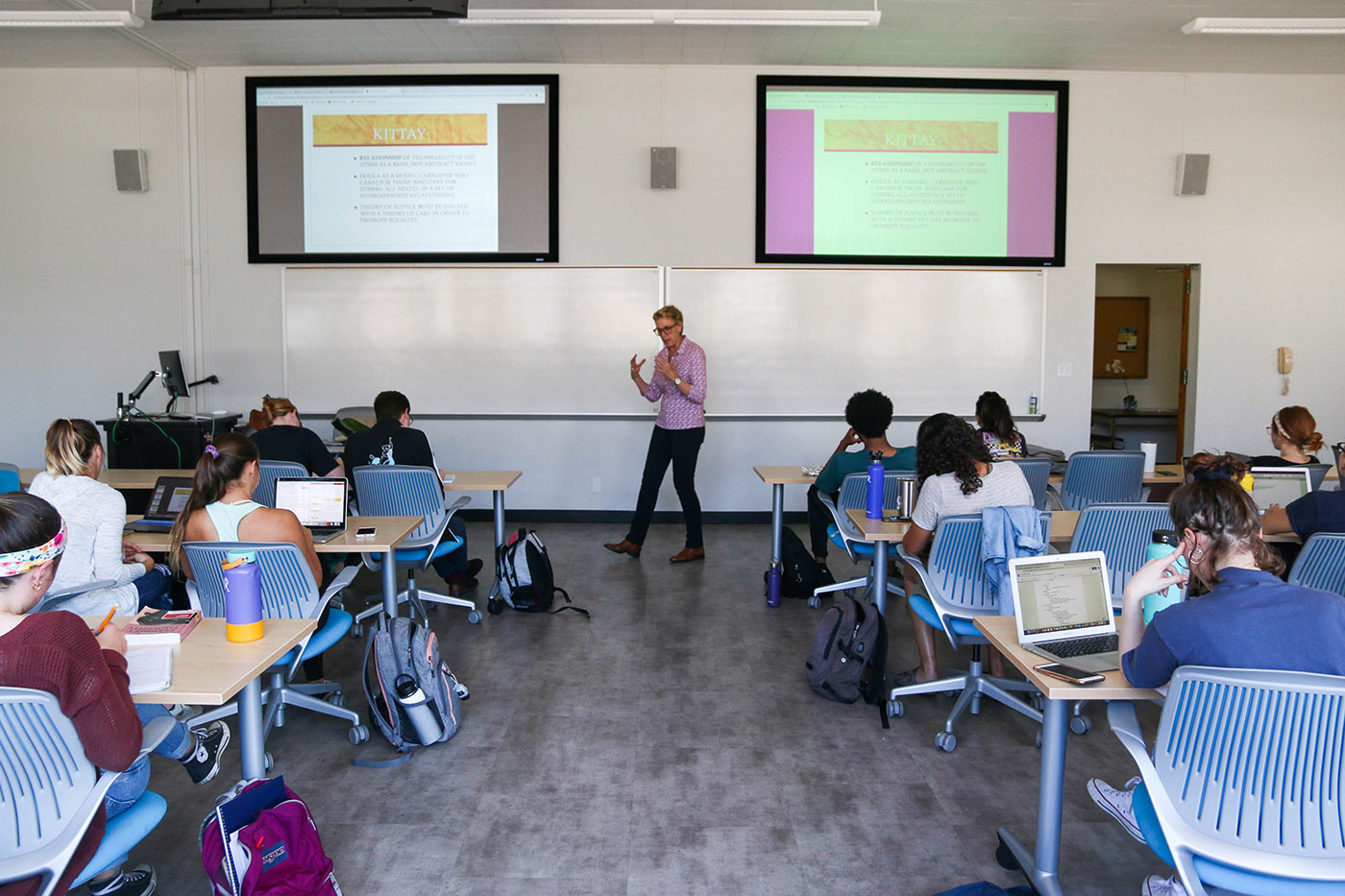After more than 20 years with the same General Education (GE) curriculum sheet, a new template will go into effect Fall 2020.
“It attempts to balance student choice of GE courses with the effort to promote breadth in the courses they take,” Chair of the General Education Governance Board and Psychology Department Chair Gary Laver said.
The subject areas are similar to the old ones and still include a total of 72 GE units, but there are some noticeable differences.
GE Communication (Area A), GE Science and Mathematics (Area B), GE Arts and Humanities (Area C) and GE Social Sciences (Area D) classes are all similar to the current curriculum, but will have the requirement of 16 units from each.
There will also be a GE template for high-unit major degree programs such as programs within the College of Engineering, so these students can still satisfy the GE requirements.
“I hope it won’t make things harder than they are now because we have a hard time staying on track as it is,” architectural engineering sophomore Ira Turchyn said. “With all the major-specific classes we have to take, I don’t know how we would graduate in four years with more GE’s.”

The new GE curriculum does not include a GE Technology (Area F). Instead, there will be a GE Lifelong Learning and Self-Development (Area E) entailing a total of four units.
There is also a section for GE Electives in Area B, C and D. Students can select courses from two different areas, either lower or upper division levels, to complete the required 8 units. This brings the total units in the GE program to 72 — the same as before.
An executive order known as the EO 1100-R was released from the California State University (CSU) Office of the Chancellor in Summer 2017 with changes to the basic structure of GE for every campus in the CSU system. This prompted a campus GE Governance Board (GEGB), created by the Cal Poly Provost in Winter 2017, to explore changes to the current GE template.
According to Laver, Cal Poly’s GEGB established groups during Fall 2018 to revise the course criteria and educational objectives for the GE subject areas. A group was also created to discuss the inclusion of diversity within the GE template.
A new GE template was created and submitted to the Academic Senate for consideration in April 2019. The resolution template was passed and is now being considered for the suggested changes to the guidelines for GE courses in Areas A and B.
“One drawback is that any sort of change is difficult, and the campus will spend the next few years settling into the new normal for GE,” Laver said.
President Jeffrey Armstrong approved the Senate’s resolution adopting the new GE template. GEGB will present proposed changes to the guidelines for Areas C, D and E to the Academic Senate in the fall.

